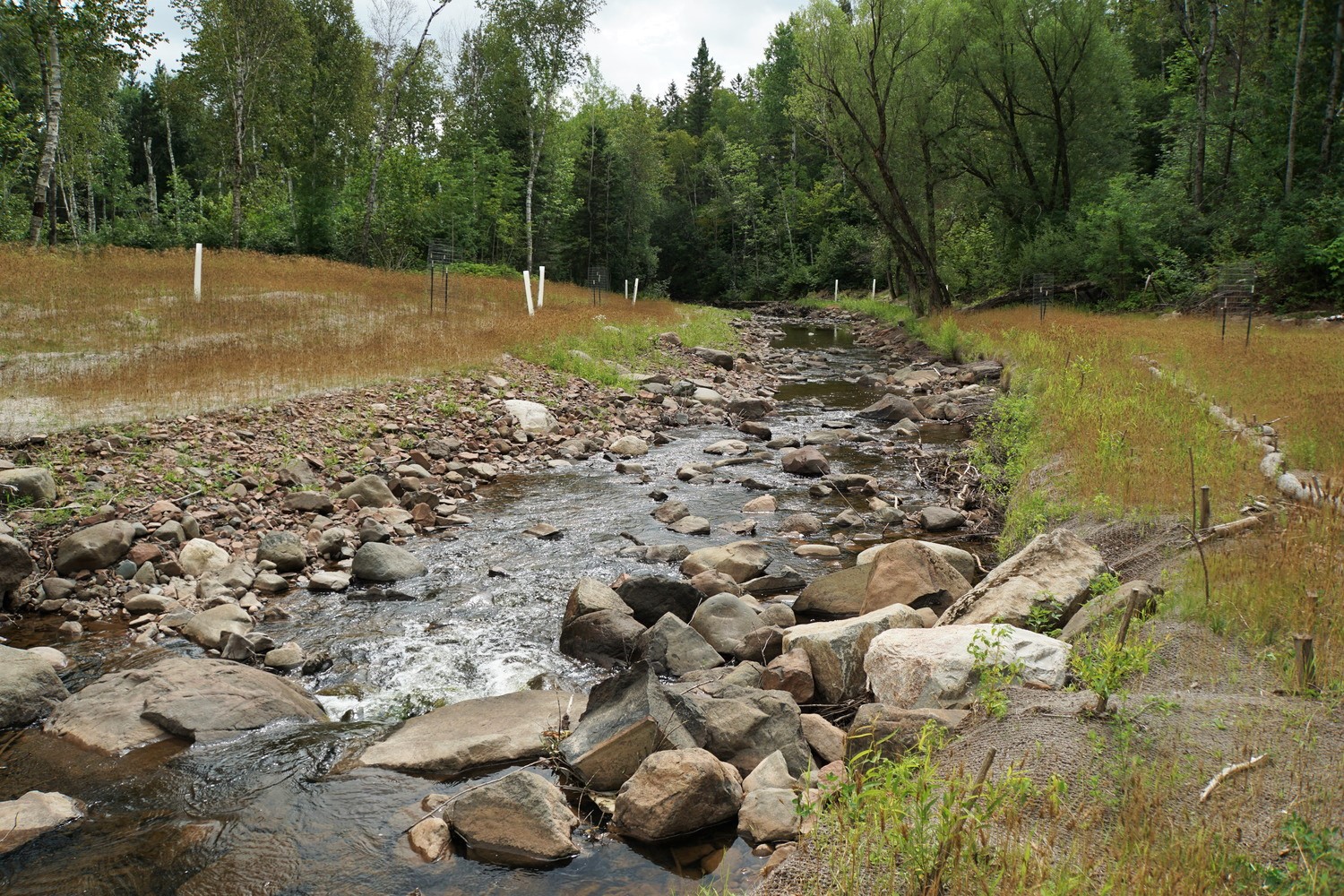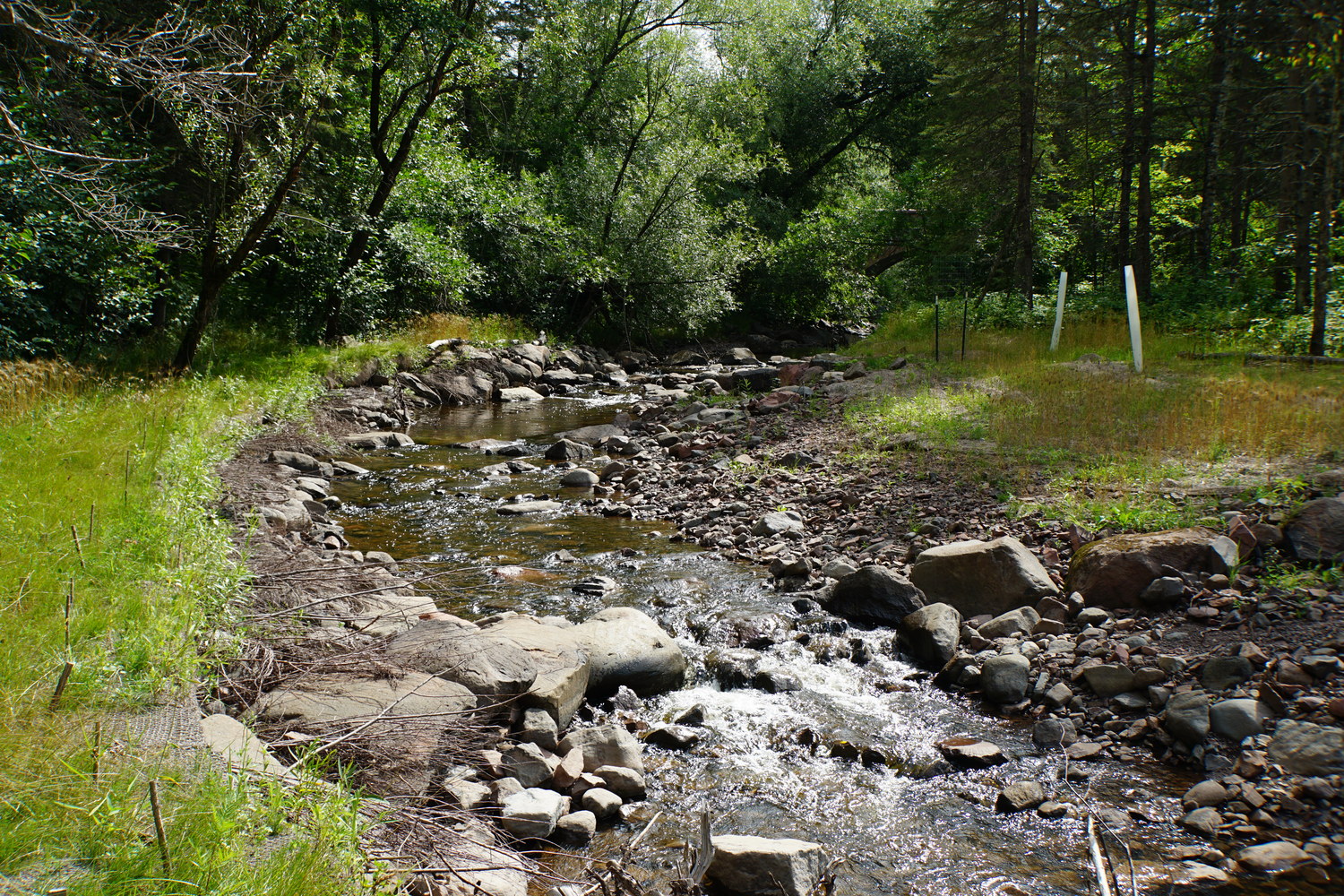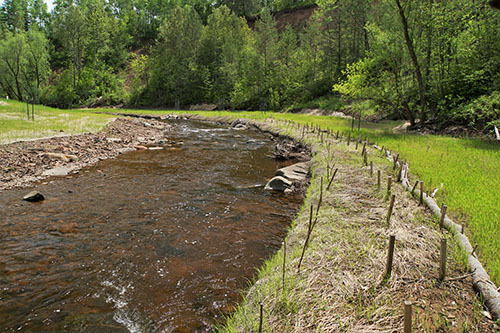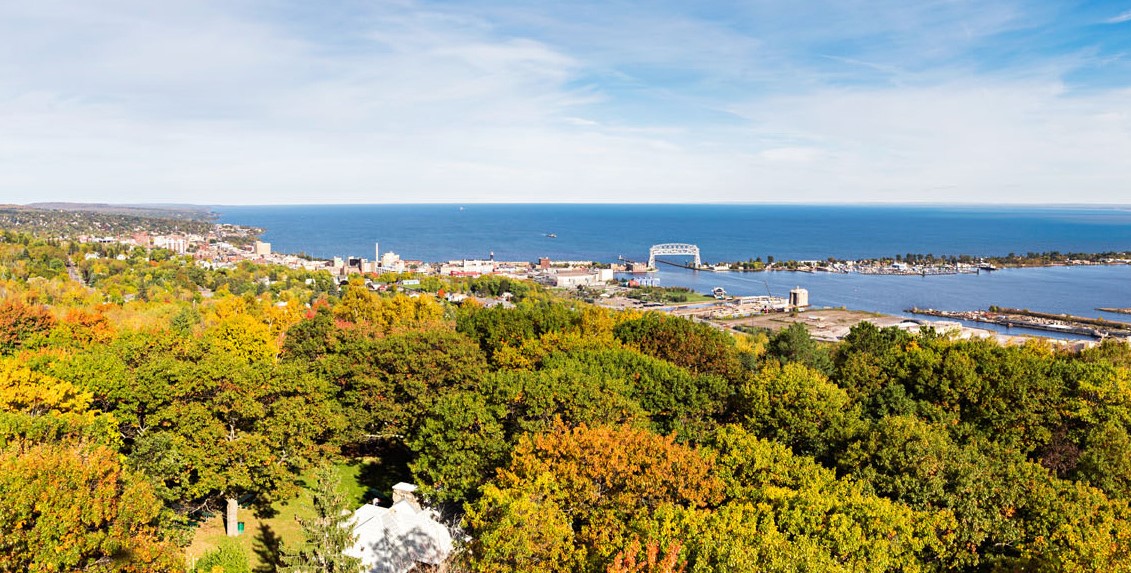Flooding a beloved outdoor town
In June of 2012, a handful of large storm systems moved across northern Minnesota, saturating the soil and setting the stage for what would become one of the worst floods on record for the City of Duluth. In the 48 hours between June 19 and 20, thunderstorms strengthened and delivered an average of 8-10 inches of rainfall across the area.

Duluth is situated along a hillside, and it’s a steep, 1,000-foot drop in elevation from the top of the city to the shore of Lake Superior. The rain that fell highlighted the impaired nature of some of Duluth’s critical watercourses, focusing in the waterways and overwhelming the City’s infrastructure. Washouts, slope failures and massive sinkholes were the result. Chester, Amity and Miller creeks—all popular waterways within city parks—sustained heavy damage.
Natural streambank restoration
MSA was selected to work with the City to engineer and restore these damaged streambanks. The projects involved close coordination with the Minnesota DNR, St. Louis County Soil and Water Conservation District, Trout Unlimited, local interest groups, consultants and advocates in order to establish critical and sustainable design parameters. Local groups and other stakeholders were insistent that a natural restoration methodology be employed, specifically straying from a traditional armored approach with heavy rip-rap. These stakeholders from state agencies were also concerned with improving habitat and resilience on these already impaired streams and working within a coordinated larger restoration plan for them.

Repair methodologies employed by MSA were multi-faceted. They included the installation of energy dissipaters—devices designed to protect downstream areas from erosion by reducing the velocity of flow coming from culverts. The team also incorporated vegetated reinforced soil slopes (VRSS), which are installations of vegetation along steep embankments for flood control, toe wood structures which place native, woody material underwater to help reduce stream velocity and ease erosion on critical shorelines, and critically placed rocky debris to replicate natural channel and streambank activity.

To finish it off, MSA used live stakes, which takes stem cuttings from trees during their dormant season and inserts them directly into stream banks. This allows the engineer to reintroduce plant life directly where it is needed, helping to grow new trees, establish root networks and prevent further soil loss. In Amity Creek, MSA relocated two segments of the stream channel away from the eroded hillside using the same vegetated techniques and used native rock to create step/pool/riffle systems and a floodplain bench. The design stabilizes the channel and reduces the erosive stress on the hillside, while improving fish passage and habitat. Despite some severe winters, all these structures continue to hold and show their resilience.
Home to 6,834 acres of city parkland and named “Best Outdoors Town” by Outside Magazine in 2014, Duluth residents cherish and thrive upon their outdoor culture. Restoring and revitalizing what the flood of 2012 affected has been an arduous process, but undoubtedly, the city is better prepared now to face any future effects from a changing climate.

